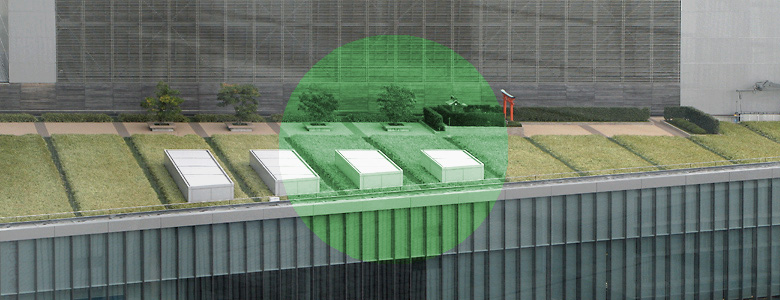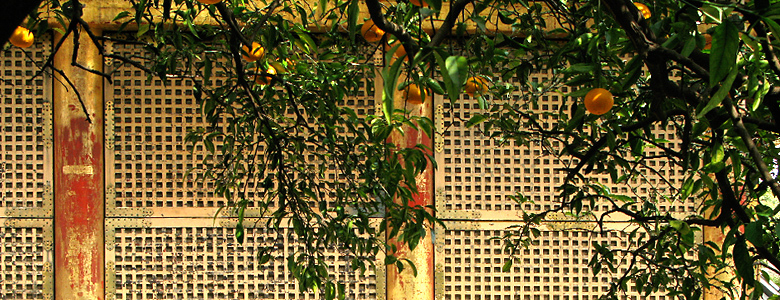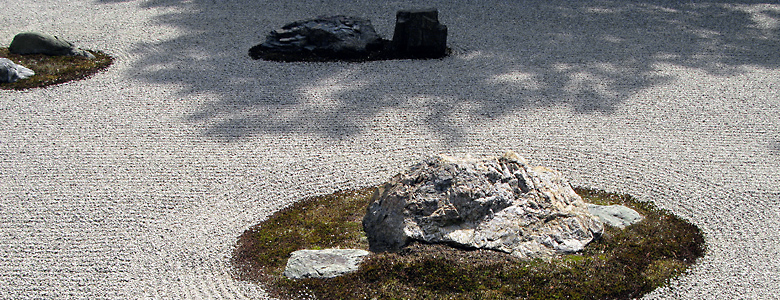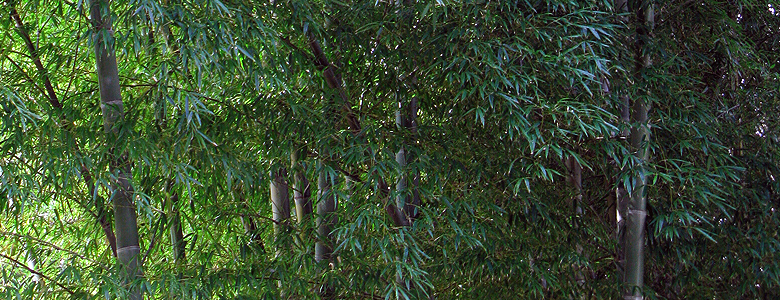| ||||||
|
| |||||||||||||||

| ||
Workshop „Park On Demand “ Dec. 2013 | ParkOnDemand project description | |
|
Aichi Prefectural University of Fine Arts and Music/ Nagoya Professor emeritus Takashi Nagatani Professor Satoshi Nakashima Lecturer Clemens Metzler Product designer Henk Kosche |
These days, urban landscapes are common habitats for most people. Transport infrastructure, large residential and commercial areas and urban densities define our quality of life in modern cities. Inhabitants search for recreation and relaxation as an antipole to both, the vitality of urban melting points and people’s experience-oriented lifestyle. Is a “Park On Demand” one of the solutions? |
|
 |
||
Nature of Japanese gardens
|
||
The Japanese garden is characterised by four major aspects which distinguish these gardens or parks from artificial green spaces in other cultures (source: Tetsuro Yoshida). First of all, the fusion of garden and architecture is essential. The concept and planning of green spaces (like parks or gardens) is substantially driven by interdependencies and influences caused by the architecture (e.g. houses, building complexes, urban infrastructure).
|
A fluent passage between building and garden is of great importance - and this is not only a visual requirement. The fusion of inner and outer spaces also fulfills functional requirements in terms of air-conditioning and light guiding. |
|
 |
||
Abstraction
|
||
Furthermore, the Japanese park or garden is an abstraction of nature instead of continuation or imitation of nature. The basic concept is to capture nature’s inner spirit. All creative ideas or actions in the design process of a new park or garden are conducted to this abstraction. In western culture we can observe the prejudice that miniaturisation is an important element in Japanese landscaping (e.g. the art of bonsai).
|
Quite on the contrary, bonsai also transforms nature’s spirit into artistic objects and does not have any connection to the basic idea to shrink trees to a minimum. We have to consider landscaping in Japan as an artistic challenge. Every single part of the garden “plays” a specific role in order to express something. In Europe we have got rose gardens for pleasure in a variety of shapes and colors, whereas in Japan, a specific plant can embody either a single mountain or even a whole forest. |
|
 |
||
Monochromaticity
|
||
Certainly we have to recognise the strong influence of Buddhism on Japanese landscaping. A park or a garden is in nearly every case a place for meditation and contemplation. In order to relieve our senses or calm down our mental state, the Japanese garden is monochrome. The shades of green are more visible and come alive while contrasts in colour are reduced. Mostly, we cannot find flowers or strong colours in Japanese gardens like there are in Europe.
|
The aspect of creating an experience and the fact that green space is a space for recreation and relaxation gives us a clear indication of the basic intentions when it comes to defining new concepts. The experience has to be refreshing, encouraging and inspiring in nature. In this case, the main task of a park or garden should be the creation of a source of mental and physical energy and strong aesthetical experience. |
|
 |
||||
Geography
|
||||
The last characteristic is influenced by geography and climate. Japanese landscapes are distinguished by water (ocean), islands and inaccessible mountains. The hot and humid weather during summer time and the intense rain call for shadiness and shelter. |
Maybe one further character trait arises directly from Japanese culture and from the very specific understanding of a creator’s or artist’s role. It is common that an artist’s self-conception is to subordinate themselves to the artwork. This intention is based on the deep conviction that the spectator’s impression is increased. |
|||